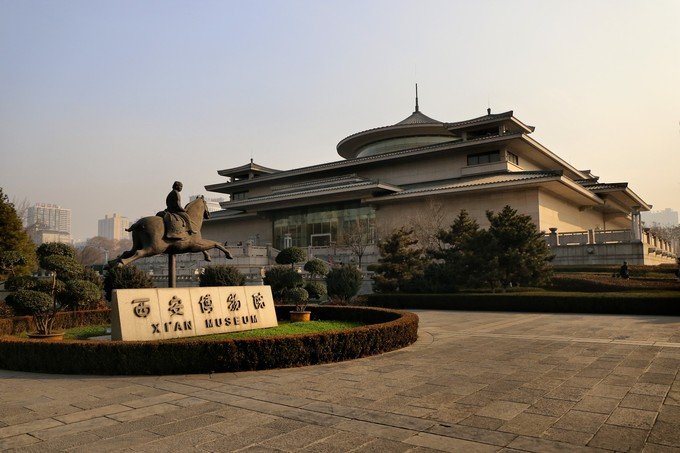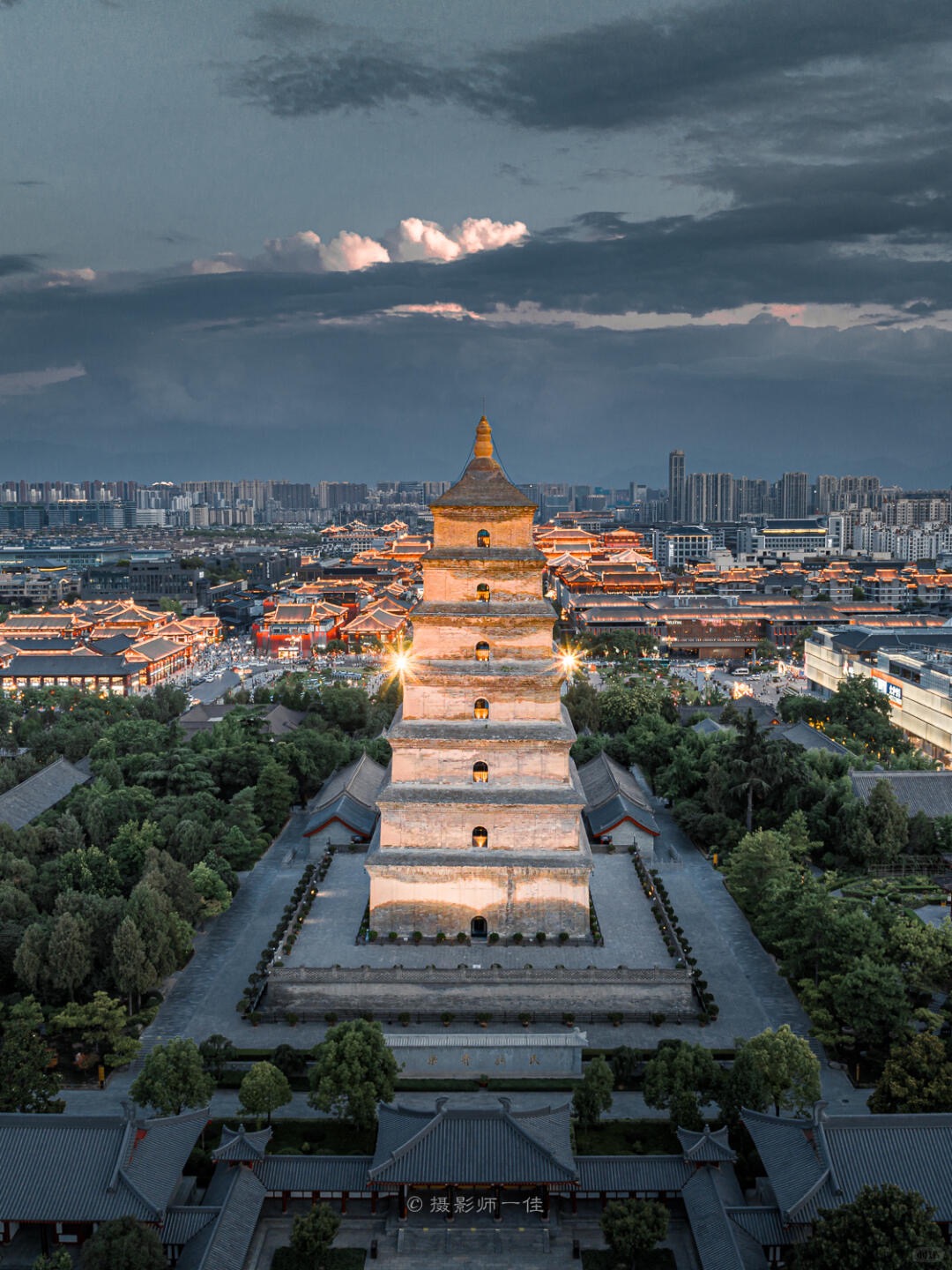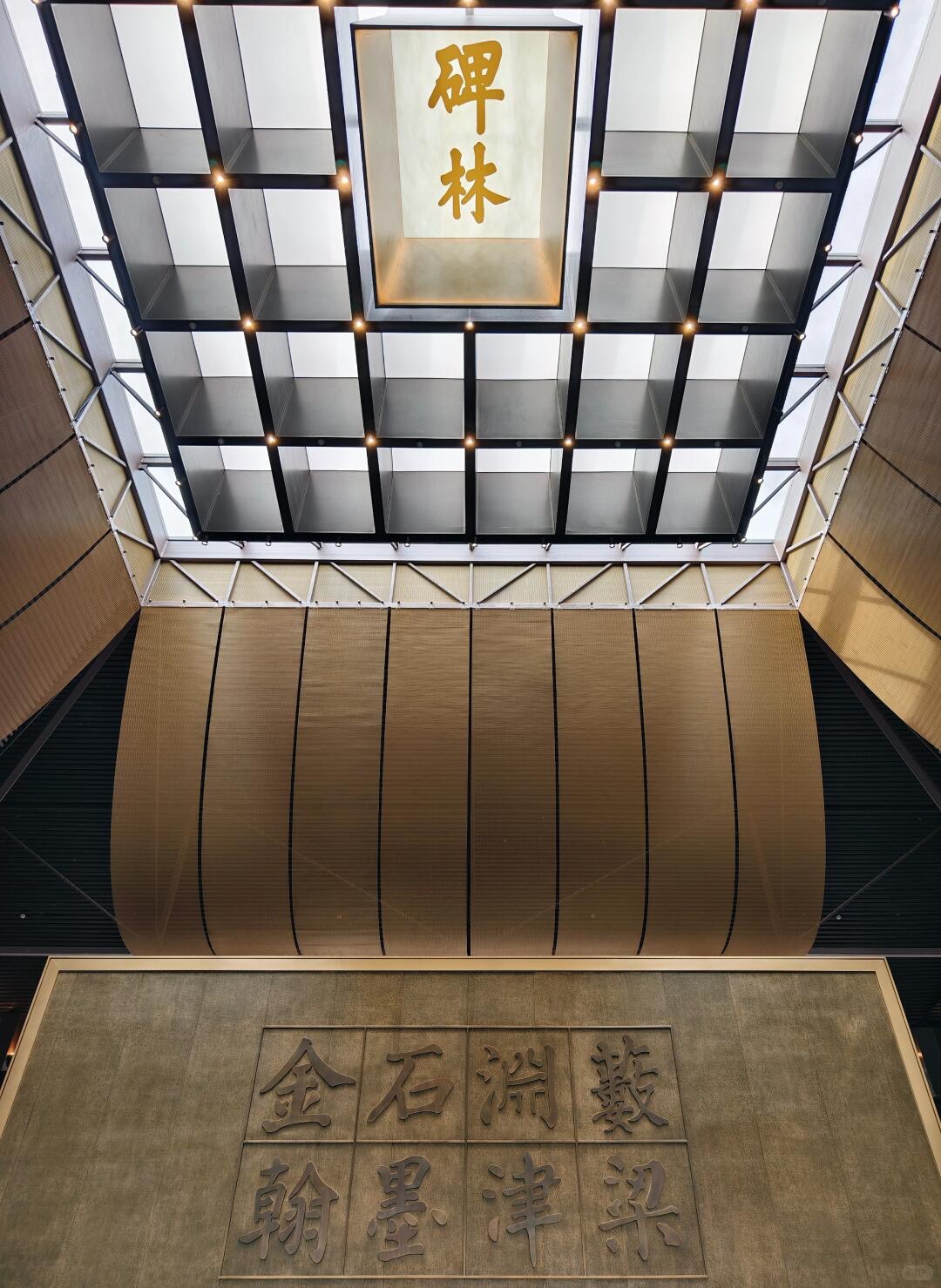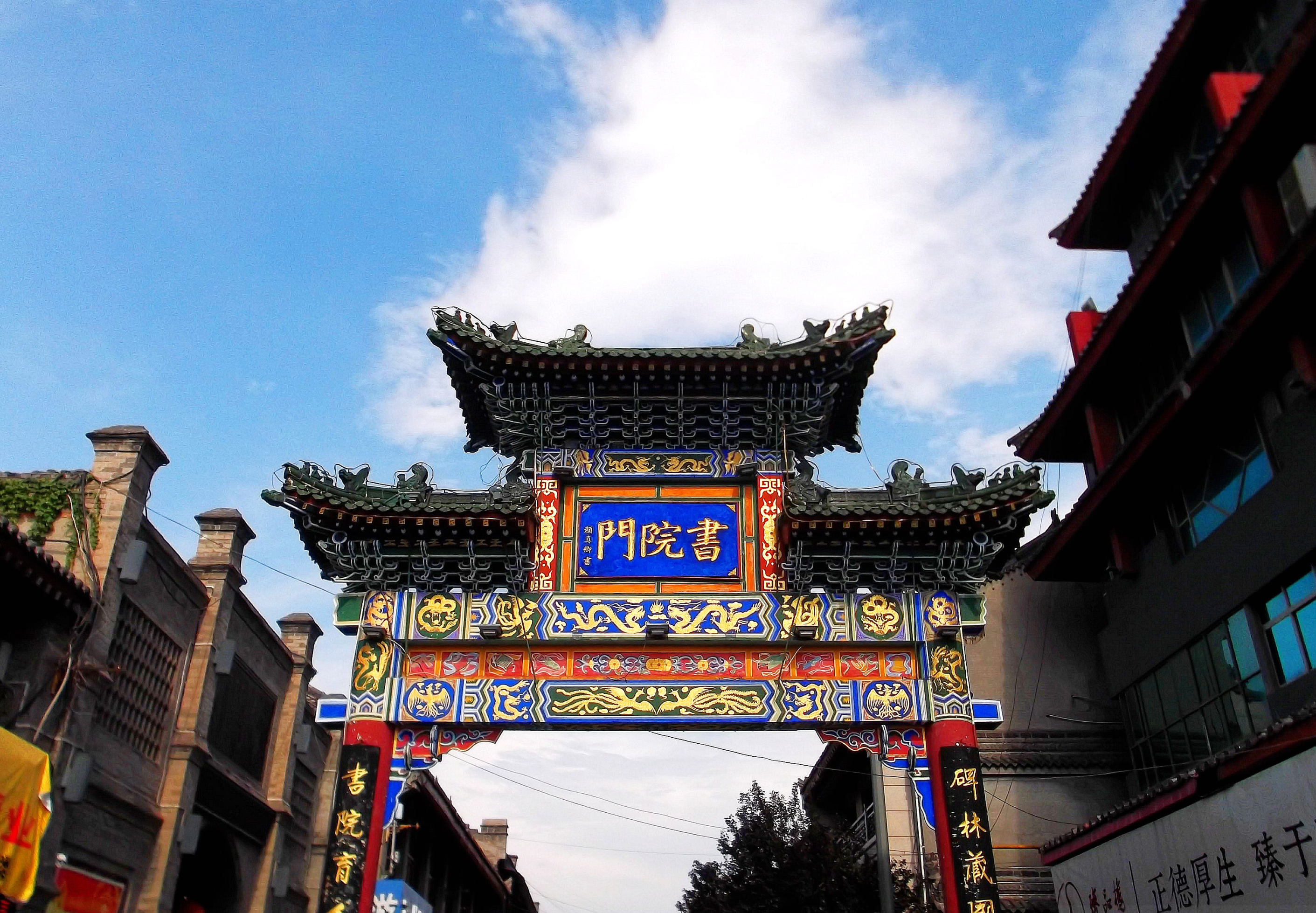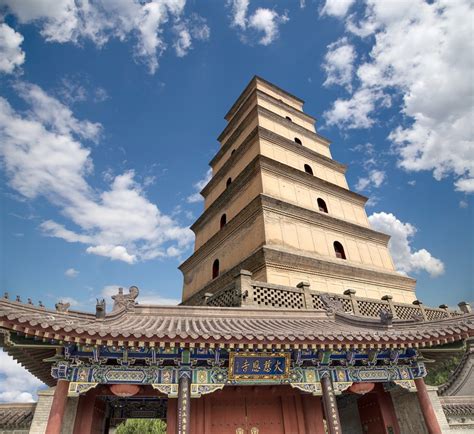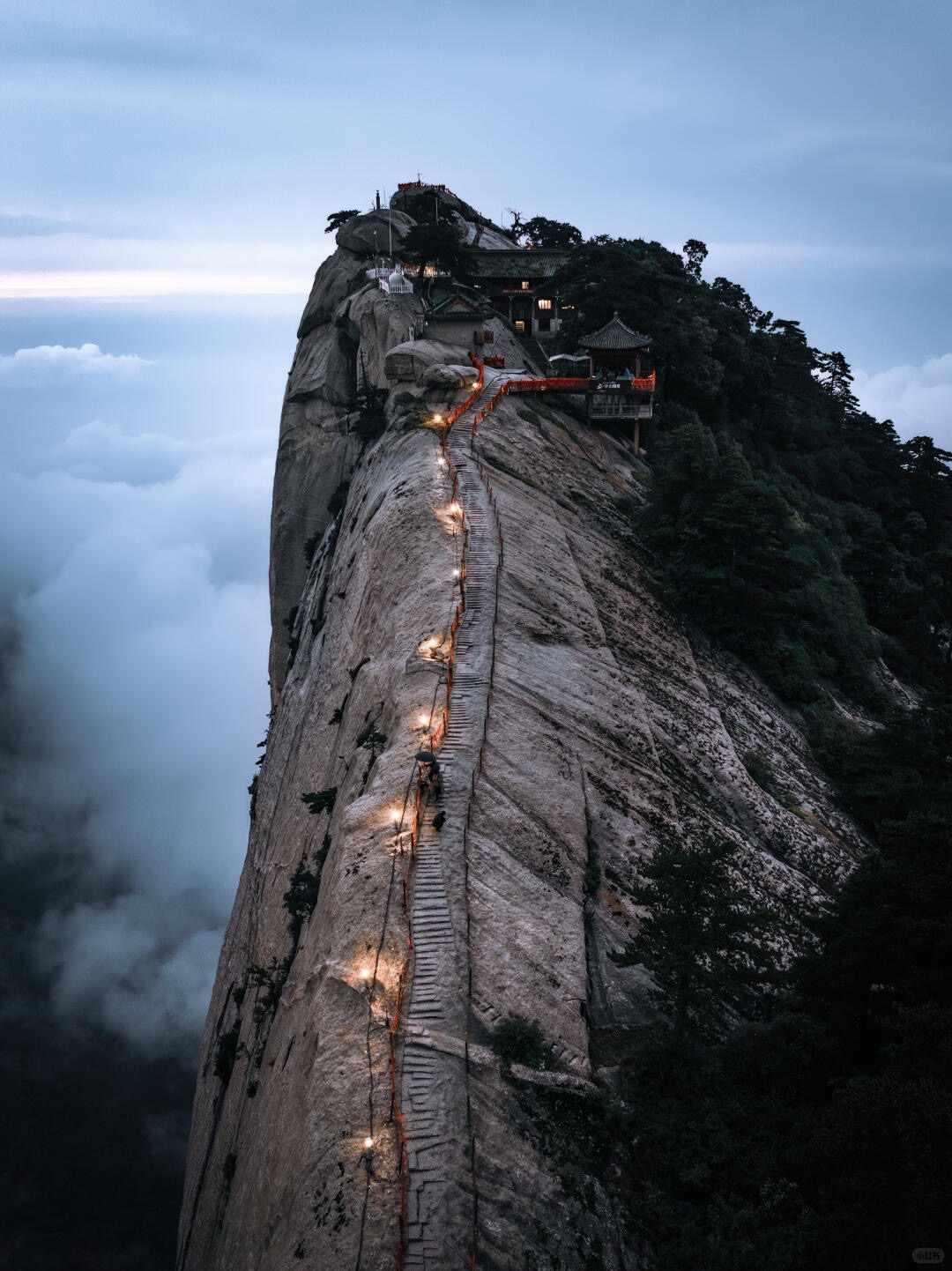

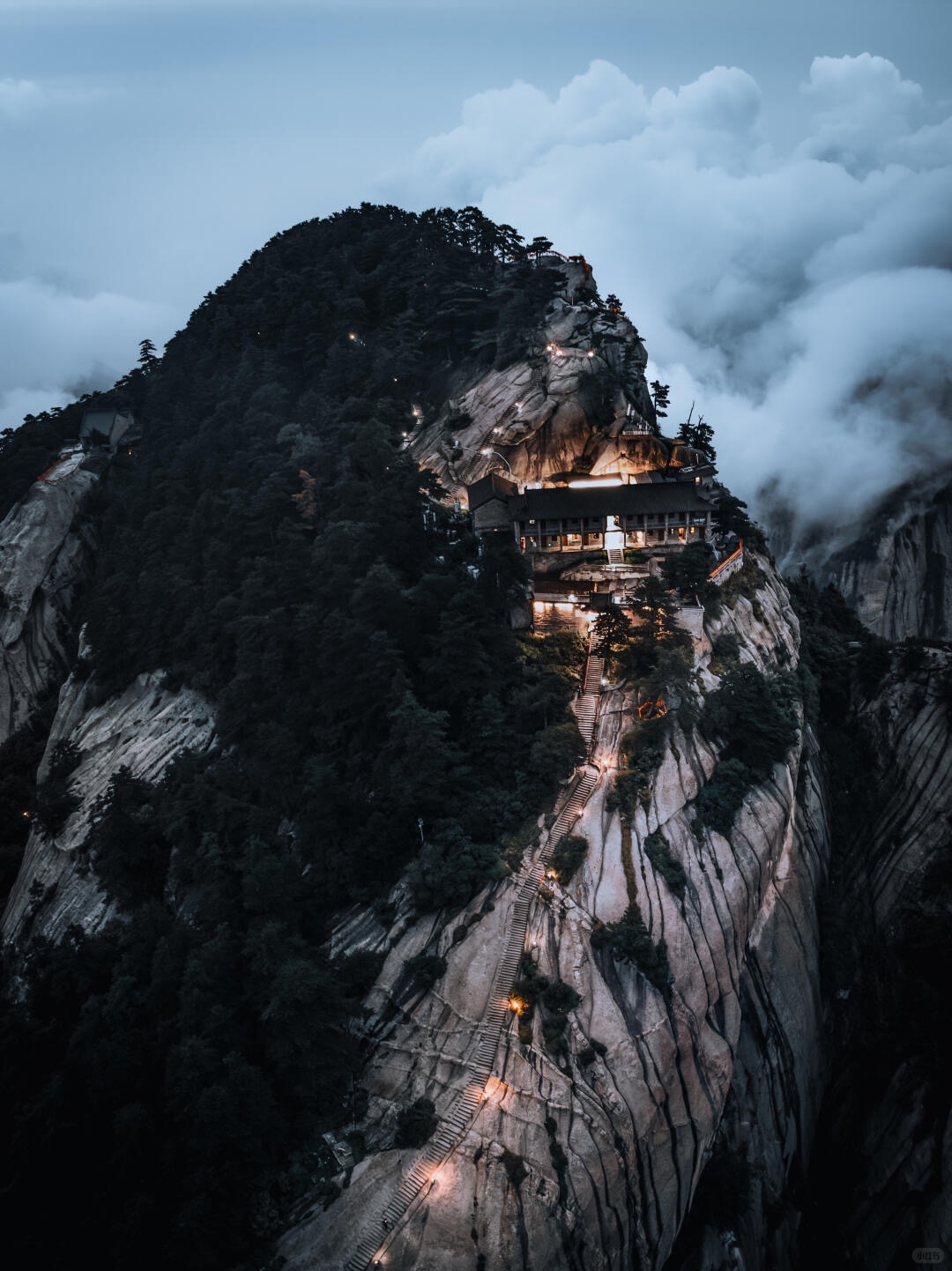
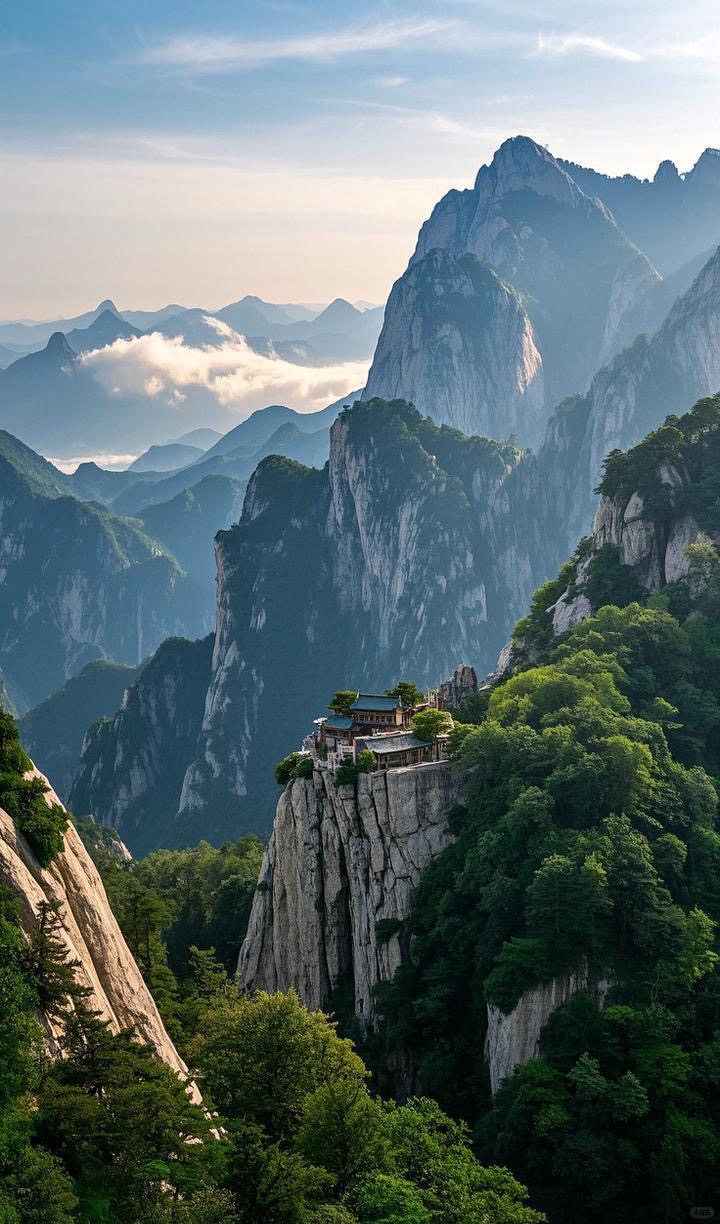
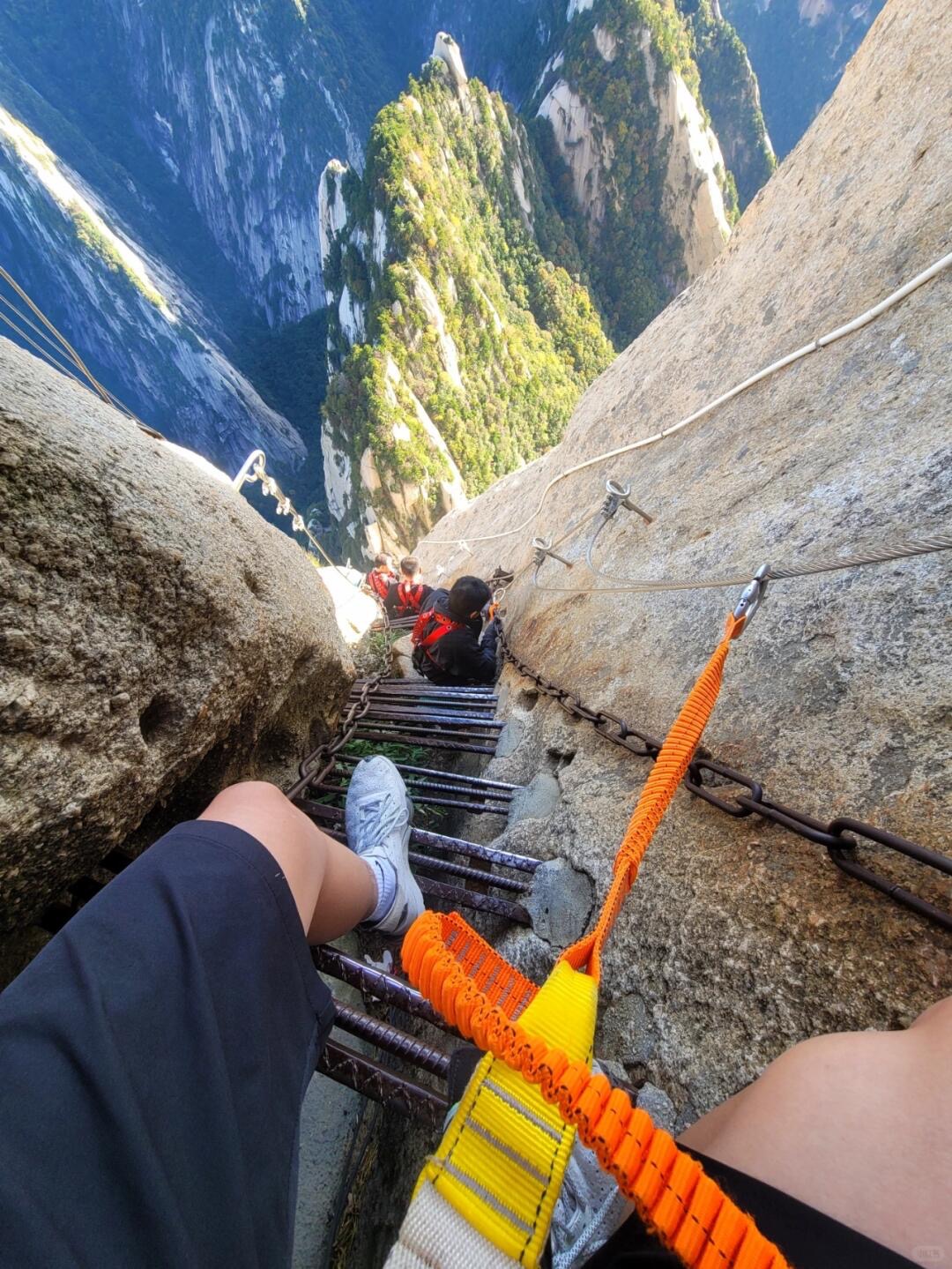
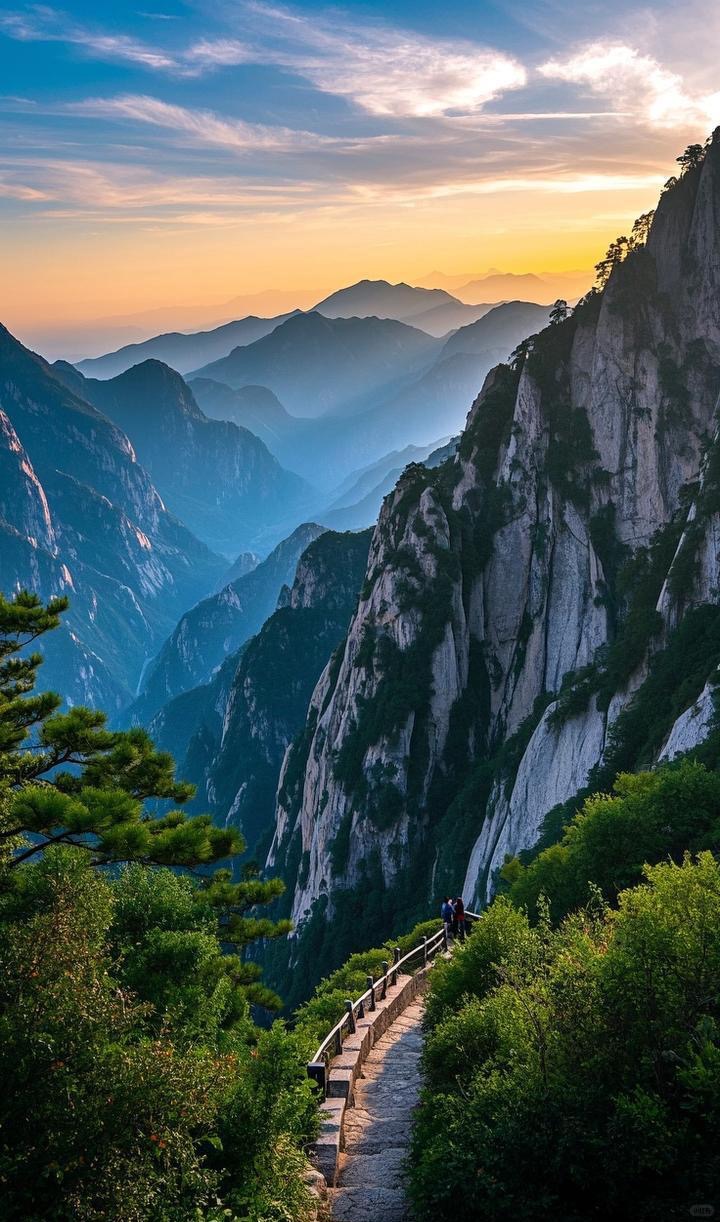
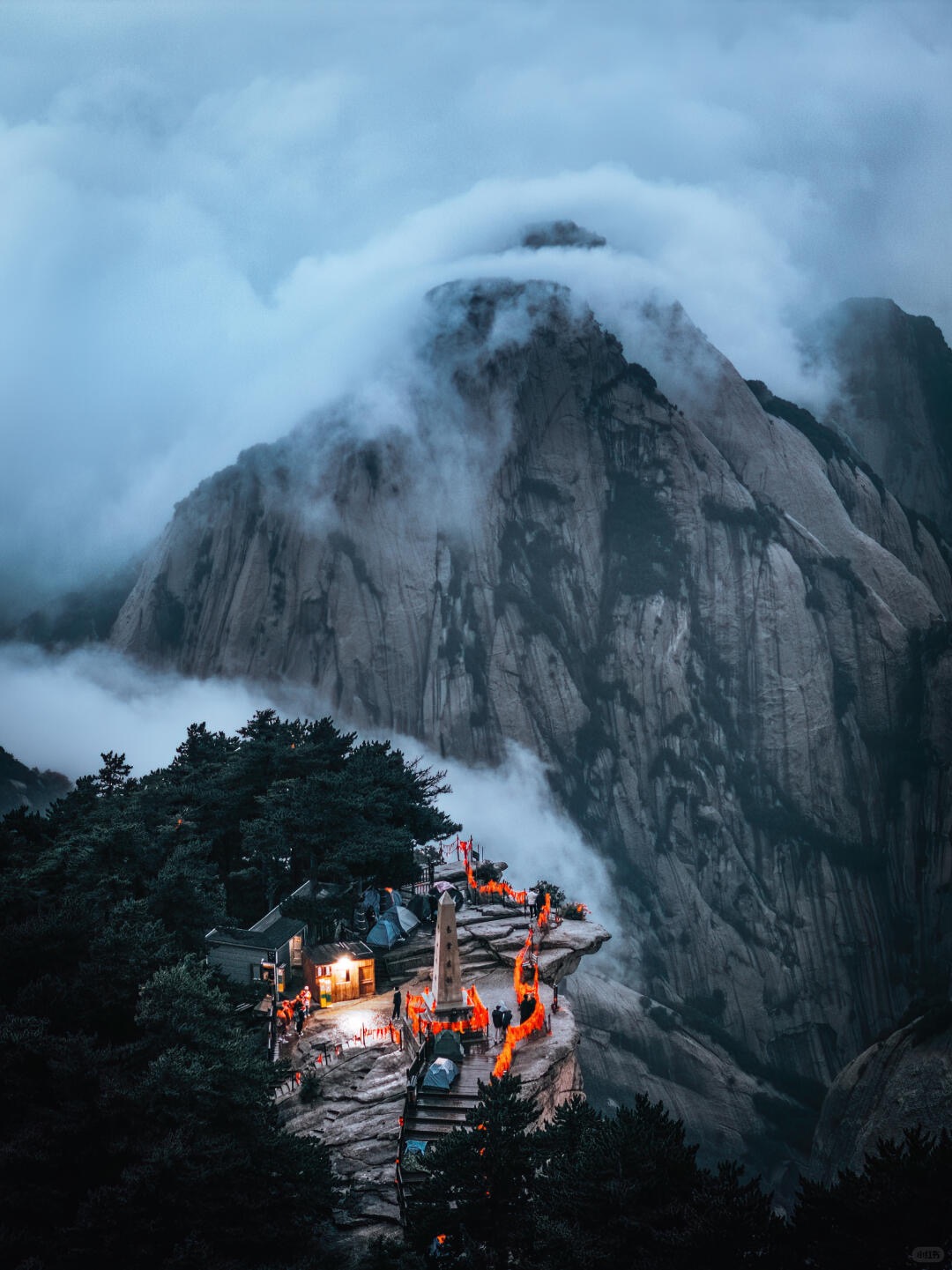
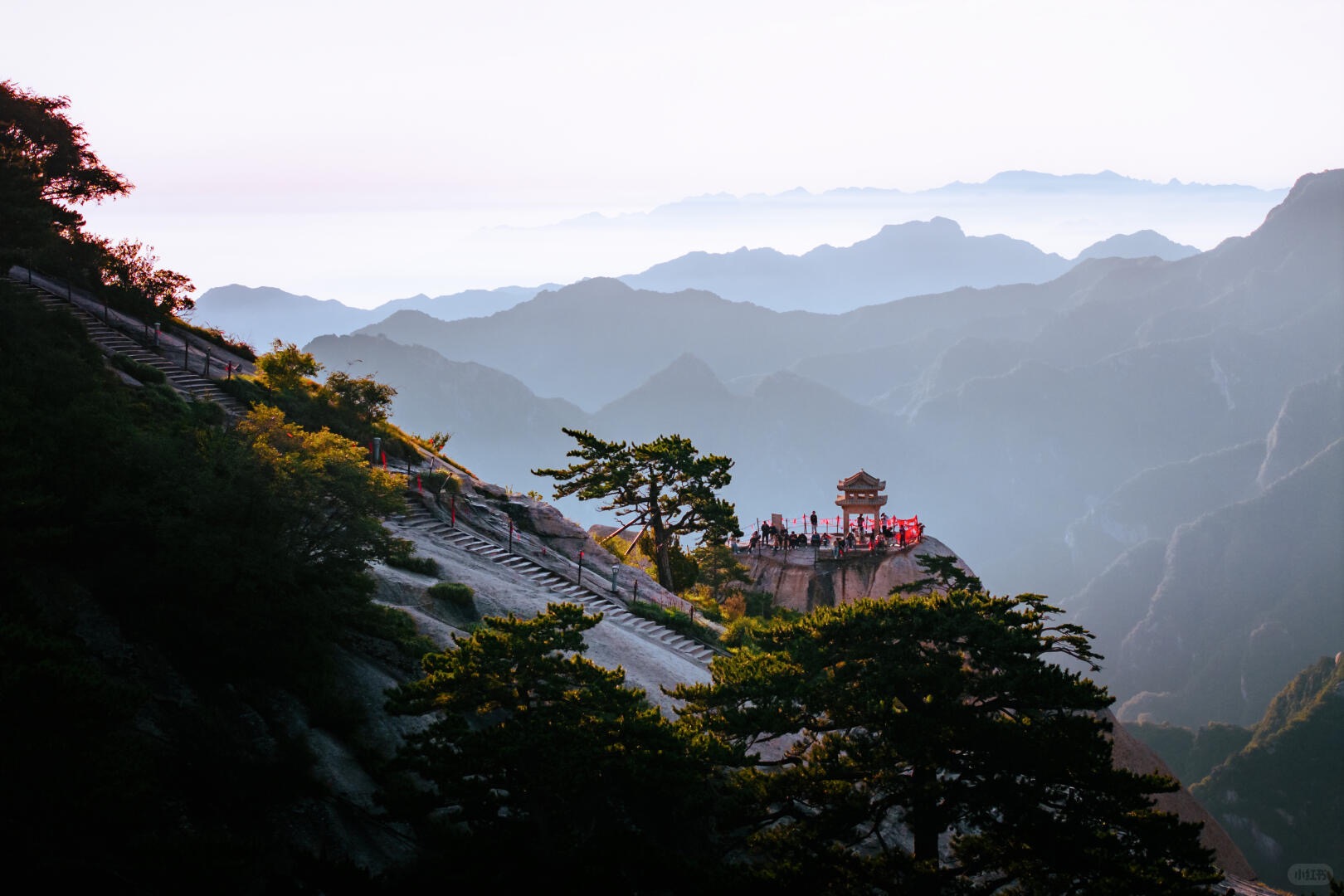
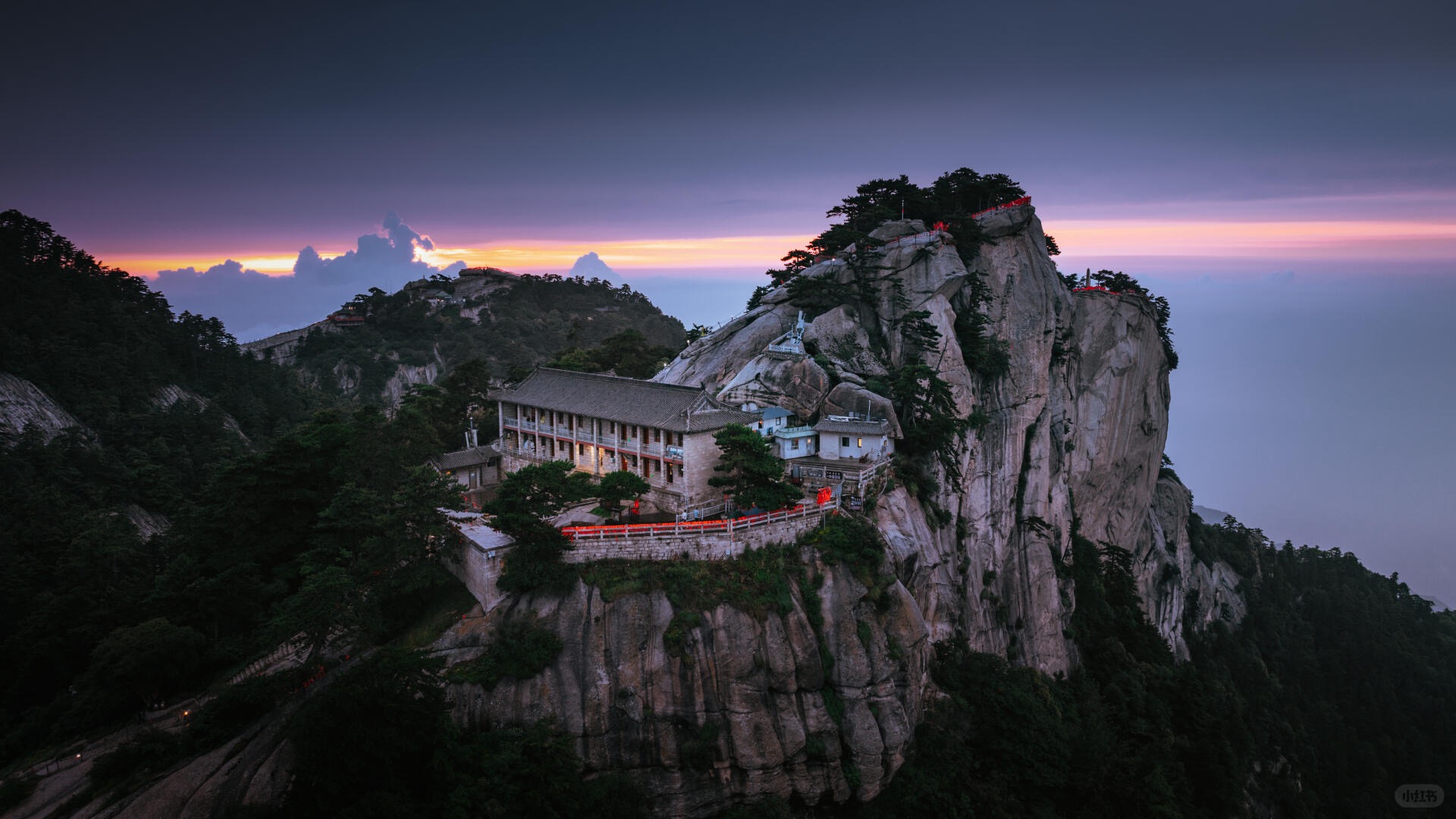
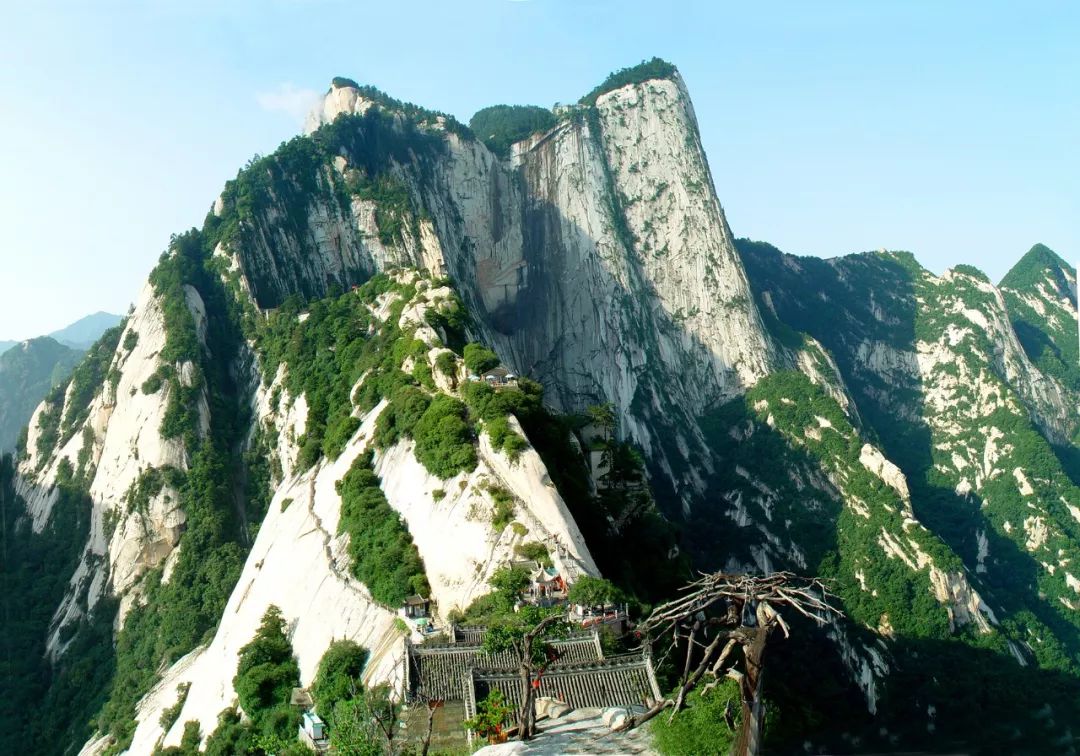
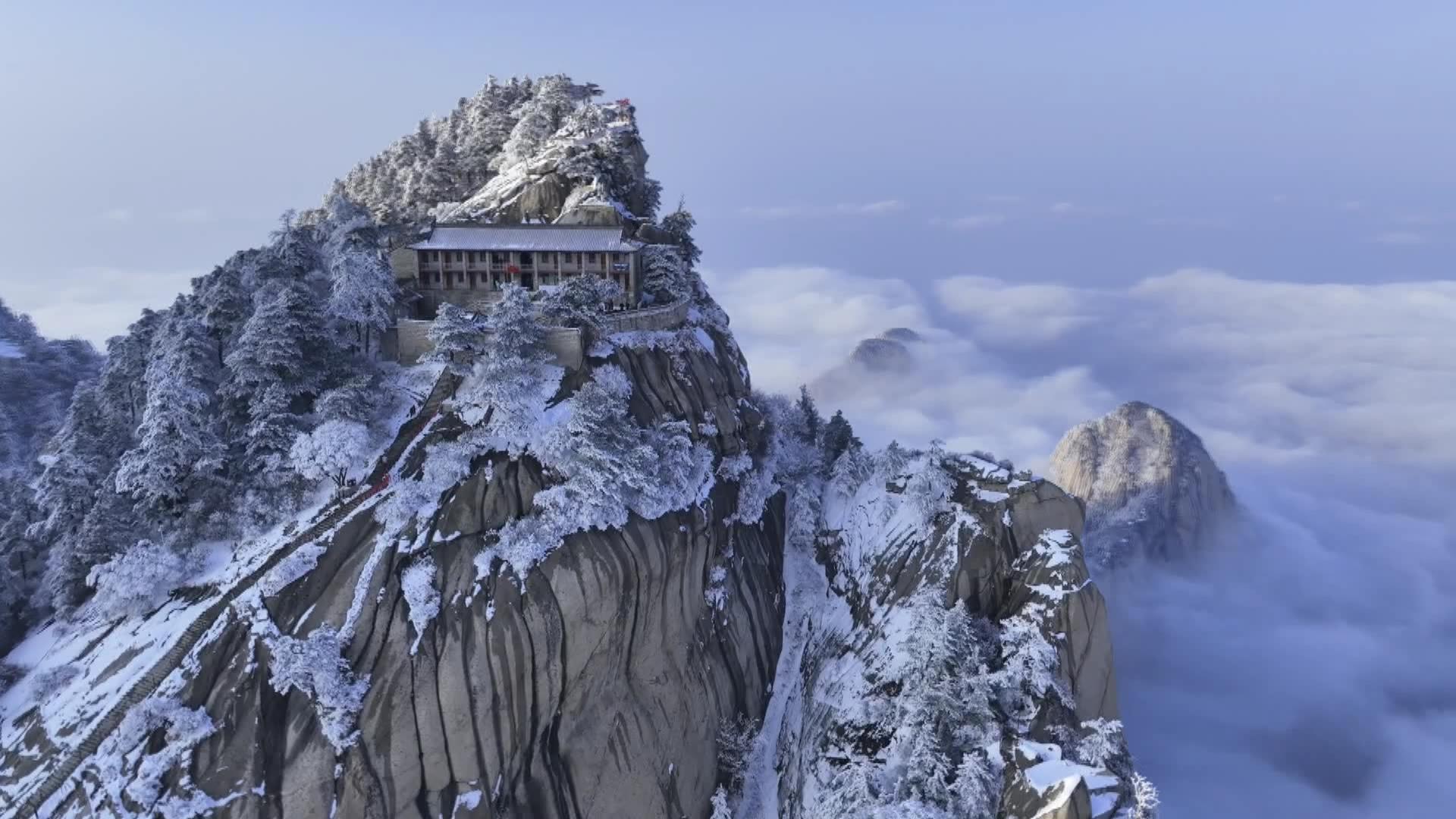
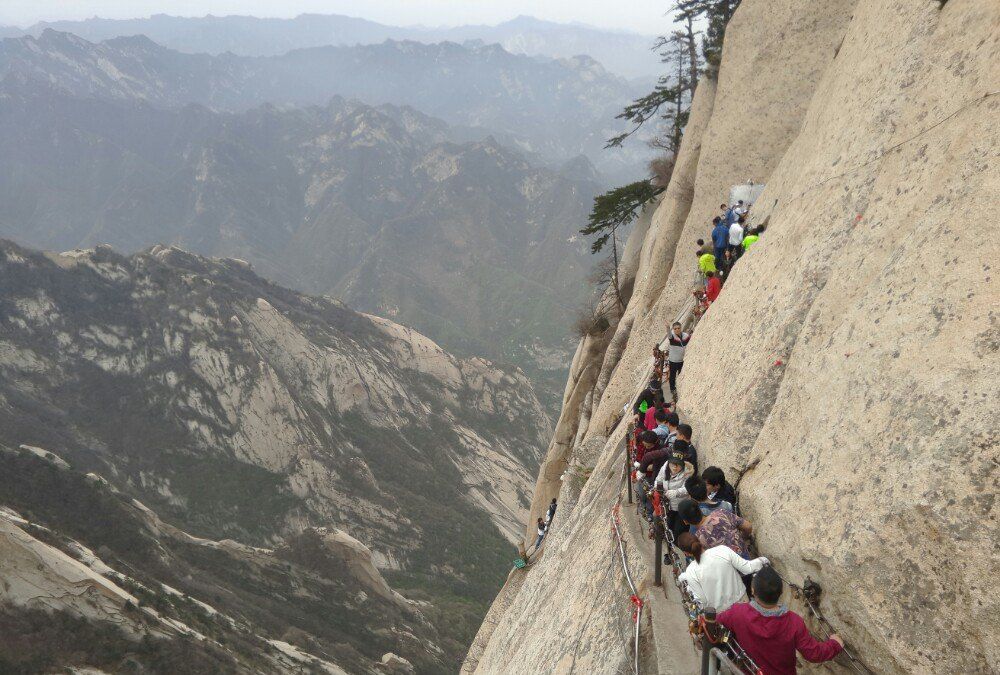
Mount Hua
Mount Hua, located in Huayin City, Shaanxi Province, China, is one of the country's Five Great Mountains and is renowned for its steep and perilous peaks. The mountain comprises five main peaks: North Peak (Cloud Terrace Peak), East Peak (Facing Sun Peak), South Peak (Landing Wild Goose Peak), West Peak (Lotus Flower Peak), and Middle Peak (Jade Maiden Peak). Each peak offers unique landscapes and has its own historical and cultural significance. Mount Hua is also a significant site in Taoist history, housing numerous temples and religious structures. The mountain's challenging trails, such as the "Plank Road in the Sky" and "Thousand-Foot Precipice," attract adventurers seeking thrilling experiences. The breathtaking scenery, combined with its rich cultural heritage, makes Mount Hua a must-visit destination for travelers.
Information
Ticket price
Time
Location
Huayin, Weinan, Shaanxi, China
View maps
More about the trip
Mount Hua (Huashan): China's Most Perilous Sacred Mountain
Mount Hua, located in Huayin City, Shaanxi Province, China, is one of the country's Five Great Mountains and is renowned for its steep and perilous peaks. The mountain comprises five main peaks: North Peak (Cloud Terrace Peak), East Peak (Facing Sun Peak), South Peak (Landing Wild Goose Peak), West Peak (Lotus Flower Peak), and Middle Peak (Jade Maiden Peak). Each peak offers unique landscapes and has its own historical and cultural significance. Mount Hua is also a significant site in Taoist history, housing numerous temples and religious structures. The mountain's challenging trails, such as the "Plank Road in the Sky" and "Thousand-Foot Precipice," attract adventurers seeking thrilling experiences. The breathtaking scenery, combined with its rich cultural heritage, makes Mount Hua a must-visit destination for travelers.
What to See and Do
Conquer the Peaks: Hike to the various peaks, each offering different challenges and stunning views. The South Peak is the highest at 2,154.9 meters.
Plank Road in the Sky (长空栈道): For the ultimate thrill, brave the Plank Road in the Sky, a narrow wooden plank path bolted onto the side of a cliff. It requires a harness and is not for the faint of heart.
Thousand-Foot Precipice (千尺幢) and Hundred-Foot Crevice (百尺峡): These are steep, narrow staircases carved into the rock face, offering a challenging and exhilarating climb.
Cable Cars: Two cable car systems (North Peak Cable Car and West Peak Cable Car) provide convenient access to different parts of the mountain, allowing visitors to enjoy the views without extensive hiking.
Taoist Temples: Discover numerous Taoist temples and shrines scattered across the mountain, reflecting its long history as a sacred site.
Sunrise and Sunset: The East Peak is famous for its spectacular sunrise views, while the West Peak offers beautiful sunsets.
Best Time to Visit
Spring (April-May) and autumn (September-October) offer the most pleasant weather for hiking. Summer can be hot but is popular. Winter offers a unique snowy landscape but can be very cold and some paths might be closed.
How to Get There
Mount Hua is about 120 kilometers east of Xi'an. Take a high-speed train from Xi'an North Railway Station to Huashan North Station (华山北站). From there, shuttle buses are available to the mountain's entrance.
Travel Tips
Wear appropriate gear: Sturdy hiking shoes, comfortable clothing, and layers are essential. Bring water and snacks.
Safety first: Be aware of the challenging nature of some trails. Rent safety harnesses for the Plank Road in the Sky.
Plan your route: Decide in advance which peaks and trails you want to tackle, as it's difficult to see everything in one day.
Overnight stay: Many hikers choose to stay overnight on the mountain to catch the sunrise.

